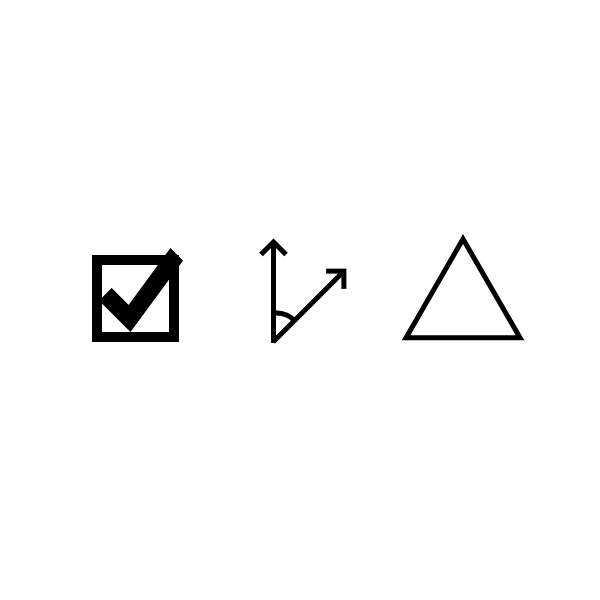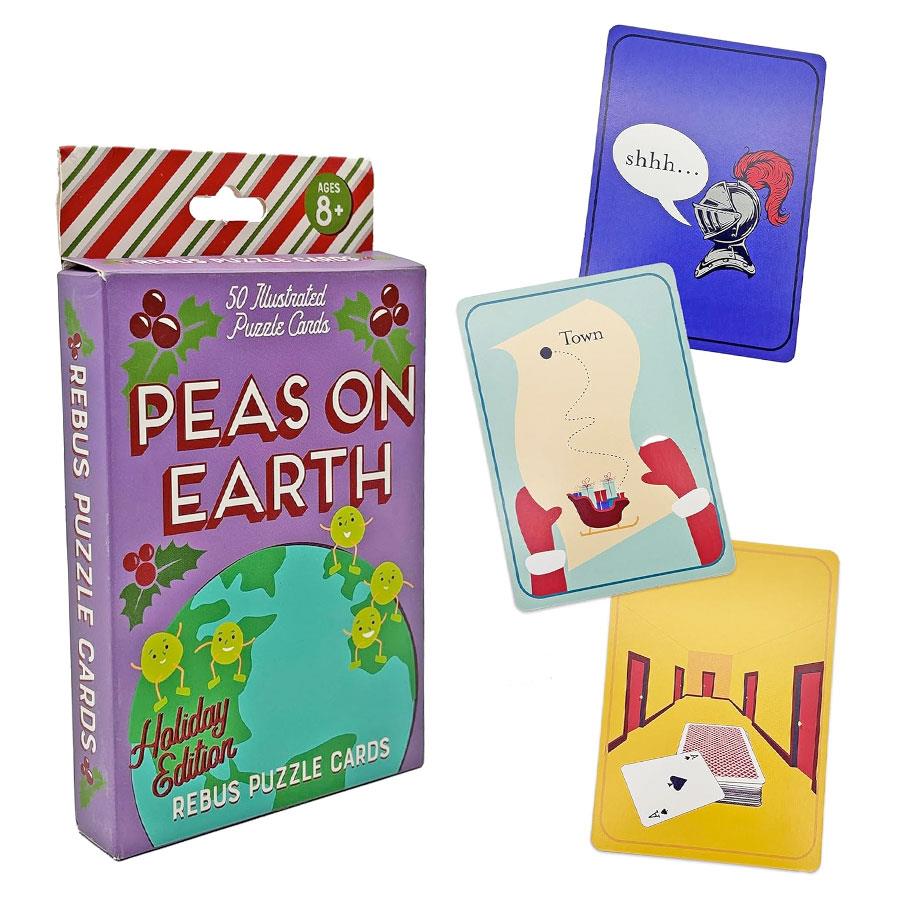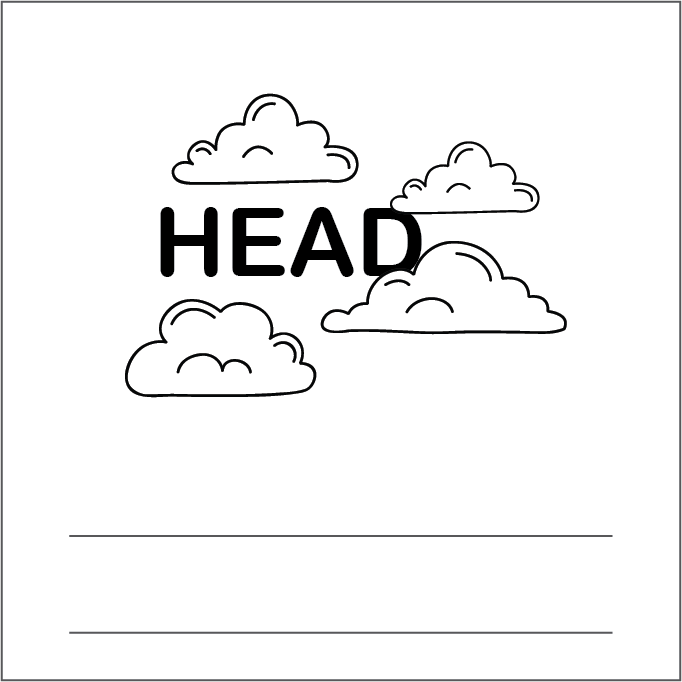What Are Rebus Puzzles?
Rebus puzzles for kids are picture-based puzzles that use images to represent words or parts of words. They turn language into a visual game, where illustrations and letters combine to create a puzzle. These puzzles often challenge kids to think creatively and draw on their language skills.

The History of Rebus Puzzles
Rebus puzzles have been around for centuries, with roots dating back to ancient hieroglyphics. Over time, they have evolved, becoming popular kids’ games. They serve as a bridge between visual art and the written word, making them a playful tool for literacy.
How Rebus Puzzles Work
To solve rebus puzzles for kids, children look at pictures and letters together to guess the intended phrase or word. This requires them to use their problem-solving skills and think outside the box. As they decipher these clues, they develop a deeper understanding of language and its nuances.
Benefits of Rebus Puzzles for Kids
Rebus puzzles for kids are not just fun. They pack a powerful cognitive punch, offering a host of benefits that can support a child’s mental development. Let’s dive into some of the key advantages these puzzles provide.
Cognitive Skill Development
The process of solving rebus puzzles for kids directly engages and enhances their cognitive skills. Here’s how:
- Problem-solving: Children must determine the meaning behind the pictures and letters, fostering critical thinking.
- Memory boost: Remembering the associations between images and words can improve memory strength.
- Attention to detail: Kids learn to pay close attention to the visual and textual clues within the puzzle.
- Pattern recognition: As children become familiar with rebus puzzles, they start to recognize patterns, which is a key cognitive skill.

Language and Vocabulary Enhancement
In addition to cognitive skill development, rebus puzzles also enrich a child’s language abilities.
- Word recognition: By associating images with words, children enhance their ability to recognize and read words.
- Vocabulary growth: Encountering new words within puzzles can broaden a child’s vocabulary.
- Spelling practice: Solving puzzles exposes kids to correct word spellings, aiding their spelling skills.
- Language play: Rebus puzzles invite kids to play with language, which can increase their enjoyment and interest in reading and writing.
Incorporating rebus puzzles into a child’s playtime can be both a delightful and educational experience that promotes mental acuity and literacy skills.
How to Introduce Rebus Puzzles to Children
Introducing rebus puzzles to kids can be a fun and educational experience if done correctly. The key is to ensure that the puzzles are age-appropriate and that you provide the right kind of guidance. Here’s how you can get started.
Age-Appropriate Puzzle Selection
Choosing the right rebus puzzles for kids involves considering their age and reading level. For younger children, start with simple puzzles that use basic pictures and a few letters. This helps them grasp the concept without feeling overwhelmed. As kids grow older and more skilled, you can introduce puzzles with more complex words and multiple layers of meaning to keep them challenged and engaged.
Tips for Guiding Kids Through Puzzles
When guiding children through rebus puzzles for kids, patience is essential. Offer hints but don’t solve the puzzles for them. Encourage them to explain their thought process, which can help you understand where they might need support. Praise their efforts and achievements to keep them motivated. Make sure to take it slow initially, allowing kids to enjoy the learning process without any pressure.
Remember, the goal is to make rebus puzzles for kids an enjoyable learning tool that boosts their cognitive and language skills while they have fun. With the right approach, children will look forward to each puzzle-solving session, eager to decipher the clues and reveal the hidden messages.

Types of Rebus Puzzles for Different Age Groups
Rebus puzzles for kids come in varying levels of complexity to suit different age groups. As children grow, the complexity of puzzles can increase to match their developing cognitive abilities.
Simple Puzzles for Younger Children
For young minds just starting out, simple rebus puzzles are ideal. These typically combine basic images with easy words that prompt early language recognition. Start with puzzles using familiar objects and actions to spark interest. Bright colors and clear pictures keep younger children engaged and encourage their participation.
Challenging Puzzles for Older Children
Older children benefit from more challenging rebus puzzles, which incorporate longer words or phrases and abstract concepts. These puzzles often use subtler clues and may combine images with letters or numbers to represent sounds or parts of words. Offering multi-layered rebus puzzles can help improve their critical thinking and linguistic skills as they decipher more complex messages.
Creative Ways to Use Rebus Puzzles
Rebus puzzles for kids are versatile tools that can enhance various activities beyond simple puzzle-solving sessions. Creative application of these puzzles can make learning more dynamic and engaging for children. Below are some inventive methods to incorporate rebus puzzles into everyday learning and play.
Incorporating Puzzles into Everyday Learning
Making rebus puzzles a part of a child’s daily routine can strengthen language skills and cognitive function. Here are some practical ways to do so:
- Labels around the house: Use rebus puzzles as labels for items around the home. It helps kids associate words with objects.
- Scavenger hunts: Create clues using rebus puzzles for a scavenger hunt that prompts problem-solving and observational skills.
- Homework challenges: Introduce rebus puzzles related to school subjects to make homework more fun and engaging.
- Routine reminders: Turn daily reminders like chore lists into puzzles, adding an element of play to daily tasks.
These methods encourage children to interact with language and images regularly, making the learning process more enjoyable and less of a chore.
Rebus Puzzles in Storytelling and Games
Stories and games are perfect platforms for integrating rebus puzzles for kids. They add a layer of interactivity that can captivate a child’s attention. Here are some engaging ways to use them:
- Interactive storybooks: Embed rebus puzzles within the storyline, allowing kids to ‘unlock’ parts of the story as they solve each puzzle.
- Board games: Introduce board games that use rebus puzzles as part of the gameplay, for example, solving a puzzle to advance on the game board.
- Role-play games: Encourage children to create their rebus puzzles to communicate clues or messages in a role-play scenario.
- Educational apps: Leverage puzzle apps that incorporate rebus puzzles, which provide a digital and interactive experience.
By weaving rebus puzzles into storytelling and games, children can practice literacy skills while immersed in the joy of the narrative and competition. These strategies offer a fresh perspective on learning, transforming it into an adventure filled with words and pictures.
Resources for Finding Rebus Puzzles
Looking for rebus puzzles for kids can sometimes be tricky, but there are many resources available. Whether you prefer physical books or digital content, you’ll find plenty of options to keep young minds engaged.
Books and Printable Puzzles
Books are a treasure trove for rebus puzzles that cater to various age groups. Visit your local library or bookstore to find collections of rebus puzzles for kids. Many children’s books combine stories with puzzles, offering an immersive reading experience. Additionally, printable rebus puzzles are widely available online for free or at a small cost. These can be great for on-the-go fun or organizing group activities.
Parents and educators can print multiple copies for playdates or classroom use. Always choose puzzles that match your child’s reading level to ensure they are challenging yet solvable.
Online Puzzles and Puzzle Apps
The digital world offers a vast array of online rebus puzzles for kids. Dedicated websites feature puzzles that vary in difficulty, suitable for different age groups. Moreover, engaging puzzle apps can be downloaded onto smartphones or tablets, providing interactive and educational games for children. These apps often include hints and levels, which help kids progress at their own pace.
When selecting online puzzles or apps, look for content that is kid-friendly and safely navigable. Encourage your child to tackle a new rebus puzzle each day to help nurture their problem-solving and language skills consistently.
Designing Your Rebus Puzzles
Creating your own rebus puzzles for kids can be as enjoyable as solving them. With a little creativity and some planning, you can design puzzles that are both fun and educational.
Steps to Create Custom Rebus Puzzles
To start making your rebus puzzles, follow these simple steps:
- Choose a Phrase or Word: Pick an easy-to-understand phrase or word that kids can relate to.
- Break It Down: Separate the phrase into individual sounds or syllables.
- Find Pictures: Look for pictures that represent those sounds or syllables.
- Combine Elements: Mix images and letters to form your puzzle. Visualize how they fit together.
- Test Your Puzzle: Try it out with a few kids to see if they can solve it, and make adjustments if needed.
Creating puzzles at the right difficulty level ensures that children remain engaged without getting frustrated. Keep the puzzles simple for younger kids, but more intricate for older ones.
Ideas for Themed Rebus Puzzles
Themed puzzles can be a hit, especially during holidays or particular seasons. Consider these themes to capture kids’ interest:
- Seasonal Events: Create puzzles based on holidays like Halloween or Christmas.
- Learning Topics: Tie puzzles to subjects like animals, space, or history.
- Favorite Books: Base puzzles on well-loved stories or characters.
- Daily Routines: Use everyday activities like playing in the park or bedtime rituals.
Themed rebus puzzles not only add a layer of excitement but also help children make connections with real-world concepts. Design rebus puzzles for kids to deliver a mix of challenge, learning, and joy.
Incorporating Rebus Puzzles into Classroom Activities
Using rebus puzzles for kids in the classroom is an exciting way to enhance learning. These engaging activities can support various educational goals in unique and meaningful ways.
Educational Benefits in School Settings
Rebus puzzles offer excellent avenues for students to hone essential skills within a school environment. Here are some benefits:
- Reading Comprehension: Decoding puzzles aids in understanding text and imagery.
- Critical Thinking: Students learn to analyze clues and make connections.
- Collaboration: Group puzzle activities promote teamwork and communication.
- Creativity: Puzzles enable kids to think imaginatively to solve problems.
Incorporating these puzzles into lessons can help teachers meet educational standards while keeping students engaged.
Examples of Classroom-Based Puzzle Activities
Teachers can create dynamic classroom sessions with rebus puzzles. Some ideas include:
- Language Arts: Use puzzles to introduce new vocabulary or concepts.
- Math Lessons: Integrate puzzles that require counting or recognizing patterns.
- Classroom Icebreakers: Puzzles can be used as a fun start to lessons.
- Art Projects: Have students create their own rebus puzzles, combining art and language.
With rebus puzzles, instruction becomes more interactive and memorable. Teachers can adapt puzzles to fit any lesson plan, making them a versatile educational tool.
